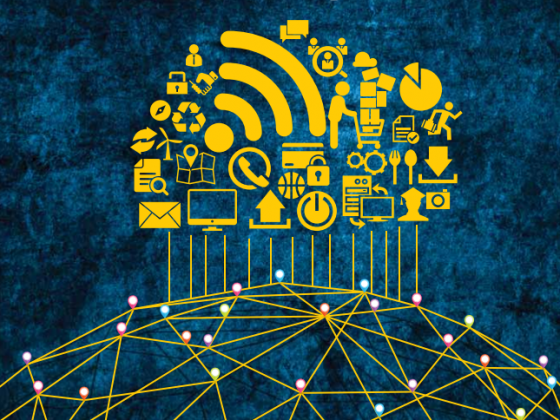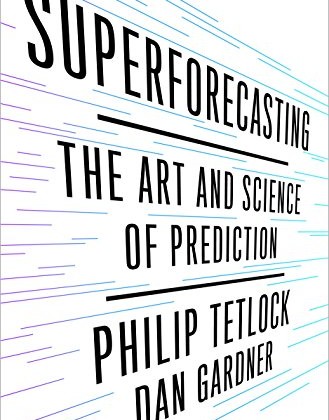Owen is a physiotherapist with great passion and interest in rehabilitation technology & techniques. With clinical experience in hospital, he leaped to the commercial side and is currently managing rehabilitation products portfolio like hocoma and rehab-robotics for maycare. having completed his masters in clinical rehabilitation, he is now pursuing mBA at University of strathclyde.
by | Owen Teoh Senior Physiotherapist, Maycare
In Malaysia, the word ‘Physiotherapy’ has often been associated with clinical rehabilitation. Although it is a proud sentiment to the physiotherapists, clinical rehabilitation actually comprises a wider scope of dedicated professionals such as rehab physicians, occupational therapists, speech therapists etc. Holistic approach in rehabilitation which addresses the needs of a whole person (body, mind and spirit) has been the paradigm for clinical rehabilitation practices. This is supported by the International Classification of Functioning, Disability and Health (ICF) which emphasize on physical, cognitive, psychosocial and spiritual attributes that is being endorsed by World Health Organization (WHO) as the international standard to measure and describe health and disability. (WHO, 2001).
Conventional holistic rehabilitation was based on multi-disciplinary involvement of rehab physician, occupational therapist, counsellor, psychologist, physiotherapist, and rehab nurses where the healthcare professionals involved might not interact with other professionals in the care of patients. In modern clinical rehabilitation, increased demand in rehabilitation outcomes
has driven the need for interdisciplinary rehabilitation and transdisciplinary approach. Multidisciplinary rehab professionals need to interact among the team members for the best care of the patient and sometimes has overlapping roles in the rehabilitation plan for the patient.
Having worked in both the clinical and commercial setting related to rehabilitation, I have developed the passion and compassion to the latest rehab technology; be it in equipment basis, rehab approaches or techniques. I strongly believe that to improve the physiotherapy or even rehabilitation industry, there is a need to integrate technology and innovation to conventional interventions in rehabilitation.
There is a saying within the rehab equipment supply industry that technology in rehabilitation has always been 10 years behind the technology available to general consumer market. For example,
touch screen interface had only recently been integrated to rehab equipment whereas we have already enjoyed touch screen devices such as our mobile phone since years ago. Given that logic,
perhaps smart device or internet linked technology will only be applied in rehab equipment in another few more years. Despite the delay, worldwide development of advanced rehab technology has been growing at a very steady pace. In fact, some of the most advanced rehabilitation technology in the world had already been available in Malaysia. We are looking at robotic exoskeleton gait training system, robotic upper limb training system, anti-gravity treadmill, biometrics computerized assessment system, roboticautomated laser therapy, Infrared gait and posture analysis system and other advanced technology. These technology had already been used in rehabilitation for the patients in several major rehabilitation facilities in Malaysia.
Ideal advanced rehabilitation technology or equipment are typically characterized by:
- Innovative technology that enables therapy that is not reproducible by conventional method.
- Provide effective and efficient therapy for the patients in a safe environment.
- Reduced the workload of therapist while allowing higher intensity and frequency of intervention for patients.
- Provide objective outcome measurement and documentation of patient’s progress.
- User friendly and attractive to patients.
- Benefits and effectiveness supported by high level of evidence and independent research.
- High cost of purchase.
Being a prominent example of advanced rehab technology, robotic gait training system with robotic exoskeleton to guide patient in relearning walking has shown positive result in rehabilitation of stroke and spinal cord injury patients. With the use of robotic exoskeleton, patients are generally able to perform 1000 steps of gait training within a safe environment in a 45 minutes session. Whereas conventional gait training required one therapist to support the patient and another therapist to guide the physiological gait pattern for the patient within a parallel bar, barely reaching 100 steps in a 45 minutes session. With literature showing repetition and intensity being the keys in rehab to promote neuroplasticity and recovery of neurological condition, it is an undeniable fact that robotic gait training system is effective. Furthermore, Cochrane review has proven the effectiveness of such technology. (Mehrholz et al, 2013)
Malaysia has more than 200 institutions with rehab facilities.However, the number of institutionadopting advanced technology inMalaysia appearedto be too little (MOH, 2014). The key factors to the lack of technology utilization in rehabilitation facilities are:
- Lack of urgency and emphasis for clinical rehabilitation by the policy making authorities: Patient at the rehabilitative phase are often not in critical condition as compared to those in emergency trauma or requiring a lifesaving procedure. When the resources are limited, rehabilitation division are often chosen as the scape goat with priority of resource utilization to be allocated to other acute divisions of the healthcare system. But that should not be a solid reason to compromise the patients’ right to go through a comprehensive rehabilitation program using technology available for optimum quality of life post injury.
- Lack of awareness among healthcare professionals towards advanced rehabilitation technology: Majority of therapists in Malaysia have not been exposed to advanced rehabilitation technology during their course and training. In comparison, countries like Hong Kong and Australia lay emphasis on integrating technology in rehabilitation. This is evidenced by the fact that one of the most renowned physiotherapy school in Asia, Hong Kong Polytechnic University, included evaluation and application of modern rehabilitation technology in their degree program syllabus.
Absence of active interest group or society in promoting rehabilitation technology also hinders the awareness on advantage of advanced rehabilitation equipment. On the other hand, conventional practices and manual therapy have been accepted by therapists to be providing substantial benefits to patients. These lead to reduced passion and interest in exploring available technology to be integrated in rehabilitation.
Despite the mentioned challenges, it is undeniable that the world we are living now has accelerate and increase the demand for technology integration in various aspects of our lives, including medical and rehabilitation. People are getting used to technology within our daily life and acceptance of technology in rehabilitation is improving. With increasing life expectancy and
ageing population in Malaysia, effective rehabilitation will be crucial.
From a psychosocial perspective, people have different quality of life expectation compared to the older days. For example, stroke survivors in the past might be content to just lie on the bed or sit on the wheelchair as long as they are still alive. However, in modern days people would demand for higher quality of life like being able to scroll through their smart phone for social media or being able to still engage in outdoor activities after a stroke. To accomplish such complicated rehab objective, integration of advanced rehab technology is inevitable.
Technology advancement has led us to paint the future of rehabilitation with many possibilities. Virtual rehabilitation, imaging through virtual reality interaction and infrared sensor, enable patient to actually receive consultation and guided exercise or intervention without the need to be physically present at the hospital. This will overcome the accessibility issue for patients from the rural areas in Malaysia. Presently, wearable devices with sensor that prompt patients on their postural awareness and biofeedback are being developed. We are already expecting artificial intelligence (AI) driven prosthesis and adaptive device for the disabled to be commercialized in the next 10 years.
In my humble opinion, for Malaysia to advance to a higher level of rehabilitation standard requires concerted effort from the healthcare policy maker, rehabilitation professionals and education providers. Rehabilitation professionals have to be proactive and creative in promoting the integration of advanced rehabilitation technology into rehabilitation. Economically, the extreme high cost of imported advanced rehabilitation equipment has also been an obstacle needed to be resolved. Lack of Malaysian manufactured device is known to be due to lack of initiatives amongst local researchers and clinical users to communicate and jointly collaborate in product design and research. An interactive platform for the local researchers and clinical users, facilitated by a neutral party, would bridge the gap and results in the creation and innovation localized rehab products. This will be a breakthrough in integration of rehab technology in the clinical practice.
Lastly, even though technology may bring efficiency and value to rehabilitation, the core of rehabilitation should still relies on the human touch and intelligence. As much as we indulge in virtual interaction through instant messaging applications or social media, nothing can compare to the warmth we feel through a physical hug of our loved ones. Same goes for rehabilitation, it is the physical interaction and clinical reasoning from the rehab professionals that add value to the patients, whom matter the most.
Reference:
Mehrholz, J., Elsner, B. Werner, C. Kugler, J. Pohl, M. (2013). “Electromechanical-assisted training for walking after stroke.” Cochrane Database Syst Rev 7: CD006185









